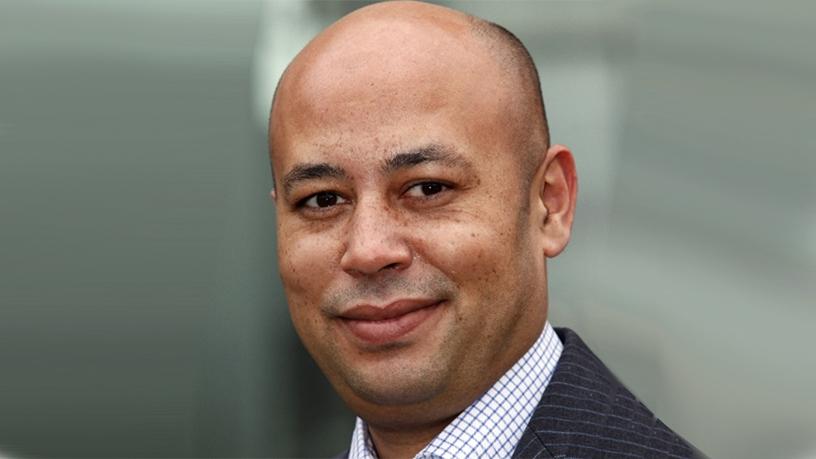
Wearables have mainly been used by consumers to track fitness, and to pretend they are in a futuristic spy movie by taking calls on their wristwatches. However, they have not seen widespread adoption in the workplace.
This may change this year as developments in emerging technologies make it easier to do so.
"The idea of integrating wearable technology into enterprise IT infrastructure is one which, while being mooted for several years now, has yet to take-off in earnest," says Ronald Ravel, B2B director for Toshiba South Africa.
"The reasons behind previous false dawns vary. However, what is evident is that - regardless of whether wearables to date have lacked the mobility or security capabilities to fully support the ways in which we now work - organisations remain keen and willing to unlock the potential such devices have."
The term 'wearable technology' refers to clothing and accessories incorporating computer and advanced electronic technologies. ABI Research has predicted global wearable device shipments will reach 154 million by 2021.
Ravel says 2018 could be the year wearables finally take off in the enterprise.
"A maturing Internet-of-things (IOT) market, advances in the development of augmented reality (AR), and the impending arrival of 5G - which is estimated to have a subscription base of half a billion by 2022 - are contributing factors which will drive the capabilities of wearable devices."
He says the most significant catalyst behind wearables is the rise of 'edge computing'. Edge computing is defined as a method of optimising cloud computing systems by performing data processing at the edge of the network, near the source of the data.
"As the IOT market continues to thrive, so too must IT managers be able to securely and efficiently address the vast amounts of data generated by it. Edge computing helps organisations to resolve this challenge, while at the same time enabling new methods of gathering, analysing and redistributing data and derived intelligence.
"Processing data at the edge reduces strain on the cloud so users can be more selective of the data they send to the network core. Such an approach also makes it easier for cyber attacks to be identified at an early stage and restricted to a device at the edge. Data can then be scanned and encrypted before it is sent to the core," says Raval.
According to Equinix and IDC research, edge computing will help organisations to achieve $2 trillion in extra benefits over the next five years.
Despite the various technological advancements, Raval says CIOs across various sectors are recognising how they can best use these devices to enhance mobile productivity within their organisation.
"In particular, it is industries with a heavy reliance on frontline and field workers - such as logistics, manufacturing, warehousing and healthcare - which are adopting solutions like AR smart glasses. The use case for each is specific to the sector, or even the organisation itself, but this flexibility is often what makes such devices so appealing.
"While wearables for the more traditional office worker may offer a different but no more efficient way for workers to conduct everyday tasks such as checking e-mails and answering phone calls, for frontline and field workers they are being tailored to meet their unique demands and enhance their ability to perform specific tasks," says Raval.
He gave the example of a boiler engineer who, while conducting an annual service on a boiler, would wear AR glasses and overlay the schematics of the boiler to enable a hands-free view of service procedures. In the healthcare sector, AR glasses could let clinicians access patient records hands-free.
Share